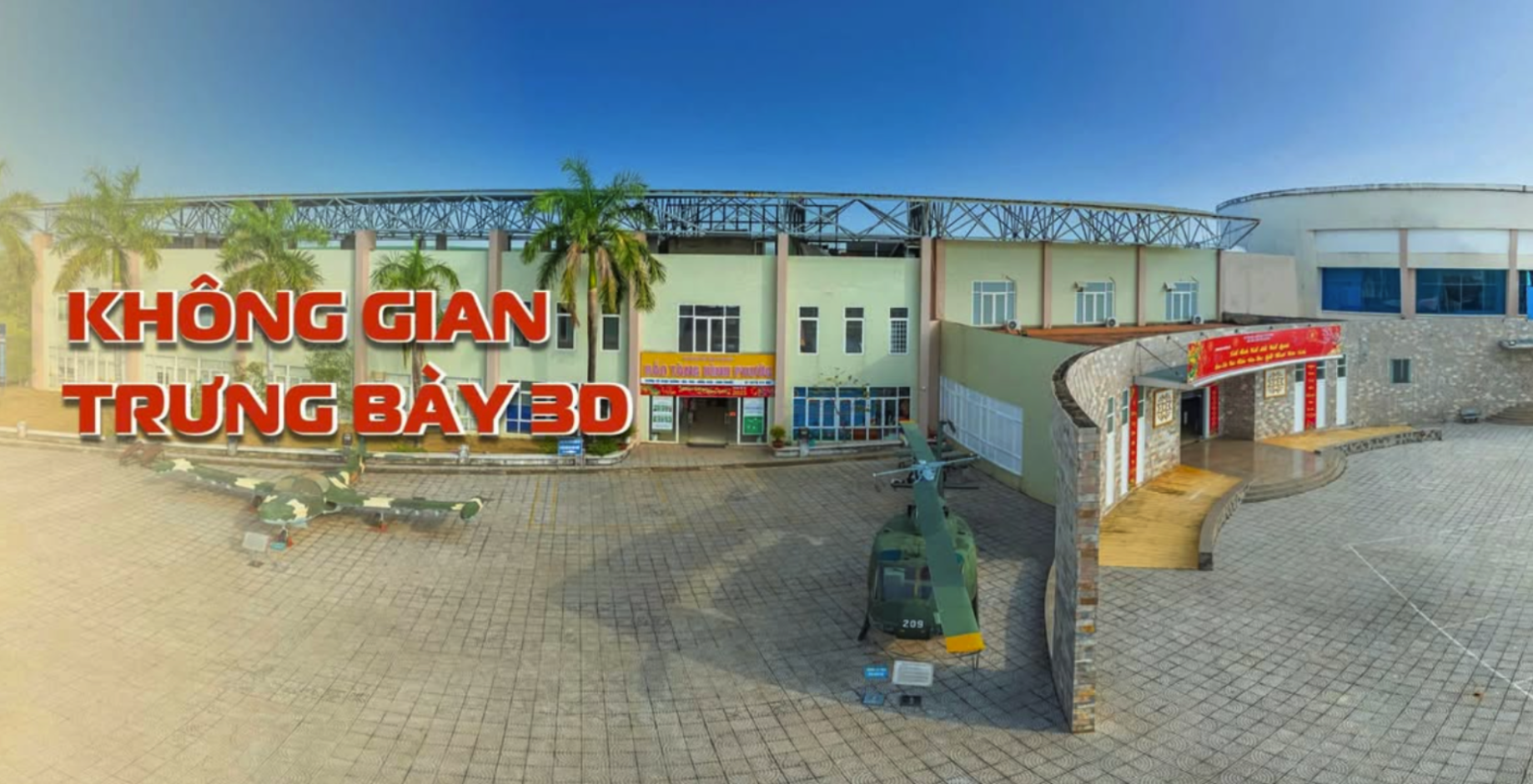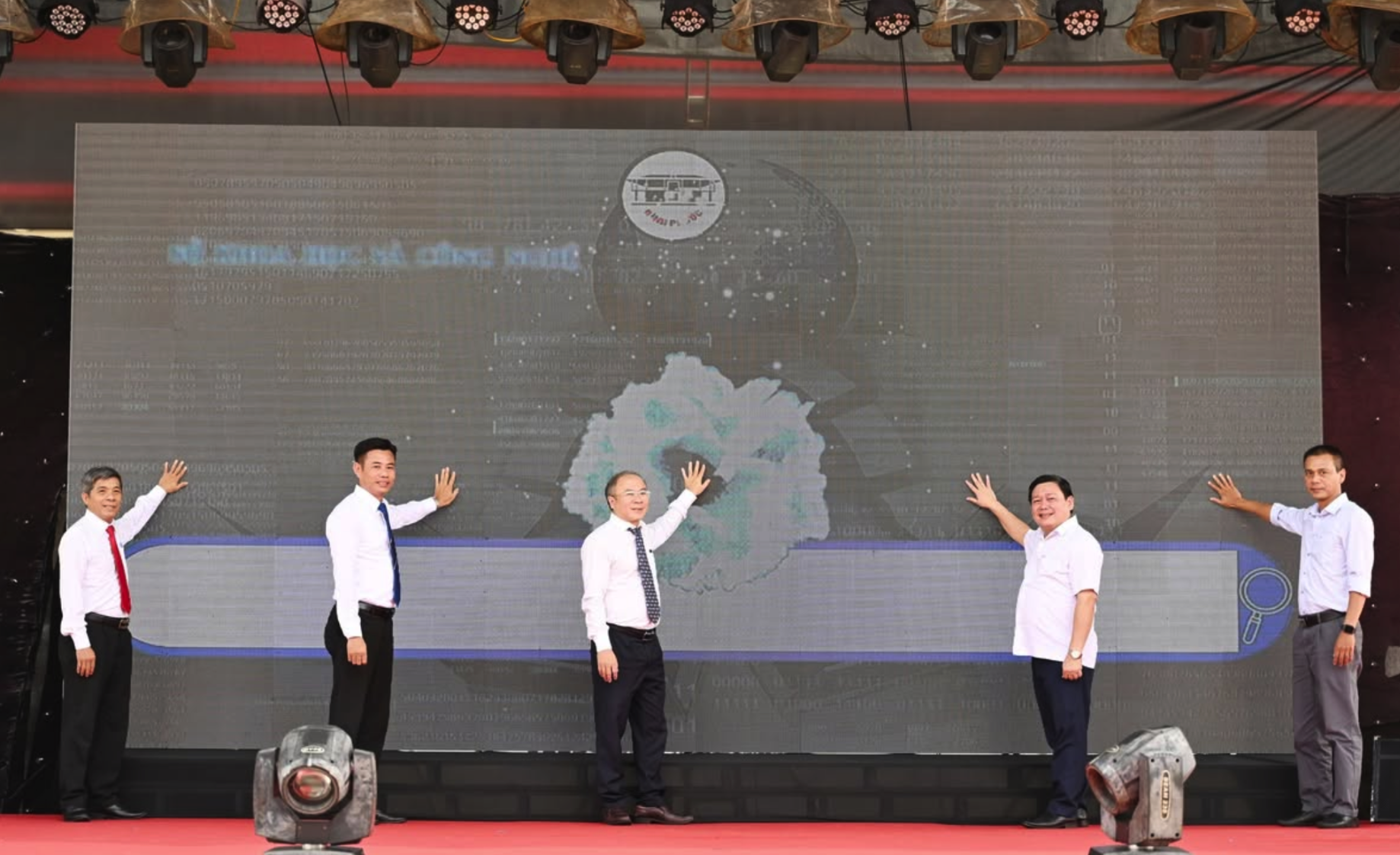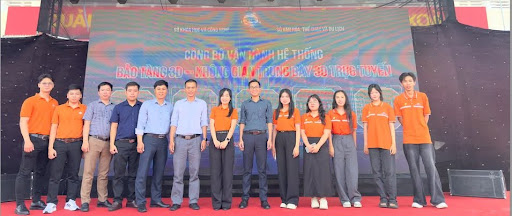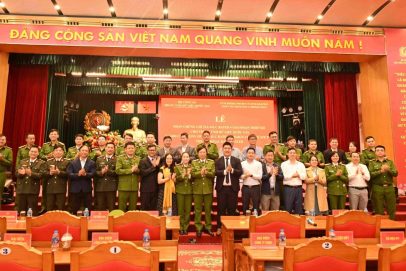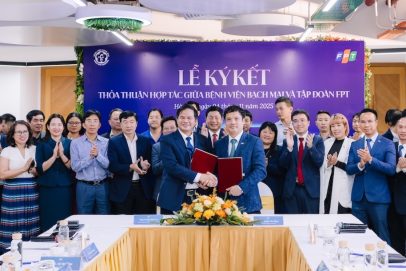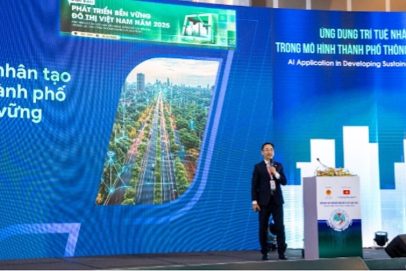Binh Phuoc Museum embarks on a digital journey: National heritage elevated with “Make in Vietnam – Made by FPT” technology
As Vietnam prioritizes digital transformation and advances in information technology, guided by Resolution No. 57-NQ/TW, the preservation and promotion of cultural heritage in digital spaces has become both urgent and essential. Applying technology to showcase and safeguard Vietnamese cultural values—particularly at Binh Phuoc Museum—marks a meaningful step forward. Digitizing heritage, including 3D mapping, is now a prominent trend in cultural conservation efforts. In Binh Phuoc, this digital initiative is not only a technological milestone but also a powerful symbol of the nation’s commitment and evolving capacity for innovation.
Visit the 3D museum exhibition space at: https://baotang3d.binhphuoc.gov.vn/
The digital transformation of Binh Phuoc Museum, advised and implemented by FPT, focuses on applying technology to securely preserve national historical artifacts and enhance visitor experiences. The project aims to make cultural heritage more accessible to the public, creating easier access for residents and tourists to explore Binh Phuoc’s history in a way that is convenient, fast, modern, and engaging. Ultimately, the initiative seeks to improve public service efficiency and provide a richer, more interactive experience within Binh Phuoc’s digital heritage space.
Delegates perform the ceremonial launch of the 3D museum system
A standout feature that gives this project its appeal and value is its integration with a comprehensive and synchronized information technology solution—“Make in Vietnam – Made by FPT.” FPT Corporation, a pioneer in Vietnam’s digital transformation, has brought core technologies to shape a digital museum environment.
One of the key highlights is the use of 3D Laser and 3D Photogrammetry scanning technology—advanced technical tools developed by FPT that allow for highly detailed “captures” of objects, including contours and colors, throughout the entire exhibition space. The 3D museum system is built with the aim of digitizing and preserving physical artifacts through digital engineering. These 3D models and replicas achieve near-perfect accuracy, forming a solid foundation for long-term conservation and research.
In addition, VR360 technology helps create a vivid, interactive digital museum space. Visitors can virtually “walk through” the museum, observe artifacts from every angle, and interact with the display using just simple gestures. This technology makes it easier, more dynamic, and more engaging for visitors to explore, learn, and enjoy the museum in a 3D virtual space—accessible from anywhere, at any time. With only a smart device connected to the internet, the public can experience the museum in a detailed and immersive way.
The project was rapidly implemented over a three-month period at Binh Phuoc Museum, supported by a 50-member team of experienced engineers and technical experts.
Representative of the FPT project implementation team
The application of “Made by FPT” technology goes beyond simply creating digital replicas—it represents a major step forward in how we preserve, share, and promote the value of cultural heritage in a new era.
Cultural heritage, instead of being confined to limited physical spaces, is now permanently protected in a “digital treasure vault,” where every artifact is preserved in its original form, ready to be passed down to future generations like vibrant milestones of national memory.
This technology helps spread cultural values more powerfully than ever before. The virtual exhibition space opens doors for millions to easily access and explore Binh Phuoc’s history and culture in an engaging way. The 3D museum system not only enhances communication and branding efforts, but also sparks public interest and curiosity. Each digitized artifact becomes not just a silent object, but a living story with emotional impact—deeply connecting visitors to the museum and to Binh Phuoc itself.
The digitized data also lays the foundation for a smart, scientific management system. With improved searchability and organization, it strengthens preservation, storage, and research efforts—making them more accurate, efficient, and sustainable.


